How to Obtain Work as a Freelance Designer
Comments Off on How to Obtain Work as a Freelance DesignerA lot of people think of freelancing as an escape from the usual confines of the traditional 9 – 5 job and while this might be true, there’s absolutely no doubt that being a freelancer is hard work. Sure, it might offer a lot of freedom; you can work when/how you like and you can also choose the work that you do (to some extent at least), but one of the most difficult aspects of being a freelancer is actually finding a constant stream of high quality work.
It’s because of this that a lot of freelancers struggle, especially in their first couple of years of business. A lot of people quit their jobs armed with a fantastic skill set but still, fail to get work. This is because there are so many freelancers out there these days that there is a lot of competition, so you need to think smart if you want to get the best work for yourself.
I’ve been freelancing for a few years now and at first, I also struggled but now, things are much better and I earn a good amount of money. It’s not a fortune, but it’s enough to live on and live the life I want to lead. So, In this post, I’m going to give a few pointers that will help all freelance designers to find work.
1. Build A Portfolio
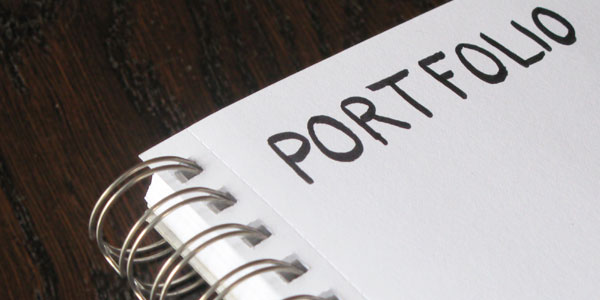
The most important thing to have as a freelancer is a good portfolio of work. It doesn’t matter whether you’re a freelance designer, writer or coder, you’ll need to be able to prove your worth before clients will trust you with their project.
Obviously, this is a kind of catch 22 situation; you can’t build a portfolio if no-one is willing to give you work in the first place. One of the ways to combat this is to initially work for free or for a reduced fee in order to attract clients.
Personally, I recommend working for free when you’re just starting out. The reason for this is that it will give you a lot more freedom over the project. If the client is paying you, even if it is a reduced fee, they still consider theirselves to be heavily in charge of the project and often, will keep interrupting your plans with their own, not so great ideas. If you do the project for free, you’re doing the client a favour and therefore, you can play by your own rules to some extent.
It gives you an opportunity to create something that you will be proud to feature in your portfolio and that you know will attract new clients.
2. Don’t Accept Low Paid Work
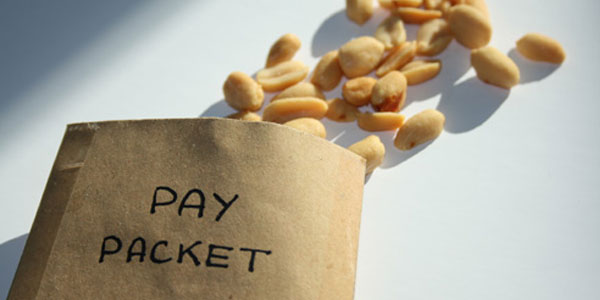
As tempting as it might be for new freelancers, you need to force yourself not to accept extremely low paid work. You’ll probably get a lot of offers for work that really, is way below what you should be being paid considering your skill set and it’ll be extremely tempting to take it but personally, I think this is a mistake.
I used to accept low paid work and I found that it didn’t have the desired effect that I was hoping for. Instead of leading to new opportunities from higher quality, better paying clients, it simply led to even more low paid work that honestly, I didn’t feel passionate about or want to be involved in.
By setting your price high, you’ll attract a higher quality client base and thus, obtain work that you’re more passionate about. For example, if someone is only willing to pay £10 for you to design a poster for them, they clearly aren’t that worried about whether the poster is high quality or not. Even so, they’ll still feel great about telling you exactly how to do your job rather than trust you with your creativity.
3. Use Freelancing Sites
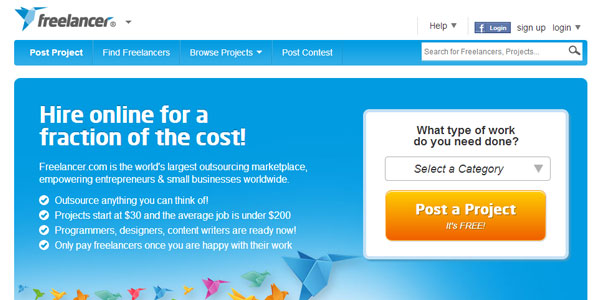
Freelancing sites are getting more and more common these days and some freelancers actually obtain all of their work from these sites. I’m sure you know the type of sites that I’m talking about; PeoplePerHour, Elance, Freelancer.co.uk etc, they all give you the opportunity to bid for jobs and carry out work for clients.
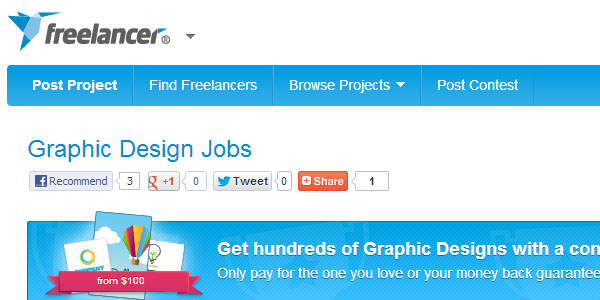
All you need to do is look for jobs within the specific category that you freelance in (as demonstrated by the image above for the Graphic Design category of Freelancer.co.uk). There are jobs posted here daily on most sites and therefore, you can obtain a constant stream of work if you provide a competitive proposal and have a good portfolio to show potential clients.
The more you can build up your profile on these sites, the more work you’ll obtain as clients will trust you more and more.
4. Networking (this is the key!)
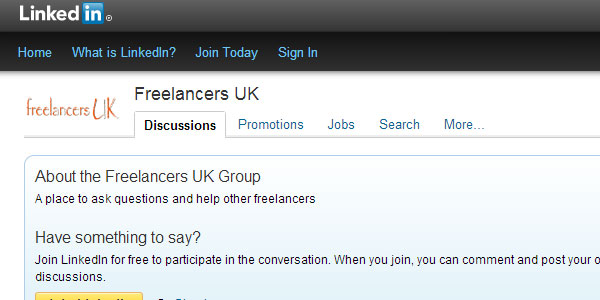
A lot of freelancers tend to be quite reserved people in my experience. They like being given the opportunity to unleash their creativity and design something exceptional, but they don’t really like networking, having meetings and all that business stuff.
Obviously, you may be different as you might enjoy it and if you do, that’s great. Networking can often lead to a huge amount of opportunities and the good news is that there are a lot of different ways to do it.
For example, you can head over to a networking event in your local town if you’re a “people person” and feel particularly confident about selling yourself. This can be a great way to introduce yourself to potential clients that will be willing to pay good money for the right freelancer.
However, you can also network in other ways too. For example, you can get involved in online discussions on freelancing or design websites. This is a great way to get the message about your services out there and hopefully, obtain new customers. LinkedIn is a great place to start with this as it’s full of key decision makers.
Whichever you choose, networking is a key part of the client acquisition process so gaining those people skills will be a key factor in your success.
Conclusion
The important point to take away from this post is that not every freelancer will obtain clients in the same way. Some might choose to network and obtain clients that way while others might use freelancing websites such as PeoplePerHour.com.
However, you should still take on board the other points I made in this post. Set your price at a reasonable price point and get an impressive portfolio together. Every freelancer needs this.
Photo Credit to Dave MakesDid you like this Article?
[one_half]If so, why don’t you consider subscribing to The Design Range Newsletter? You’ll be kept informed once a fortnight on all the latest articles as well as exclusive tips and tutorials on increasing your income from graphic design.[/one_half][one_half_last]
[/one_half_last]
